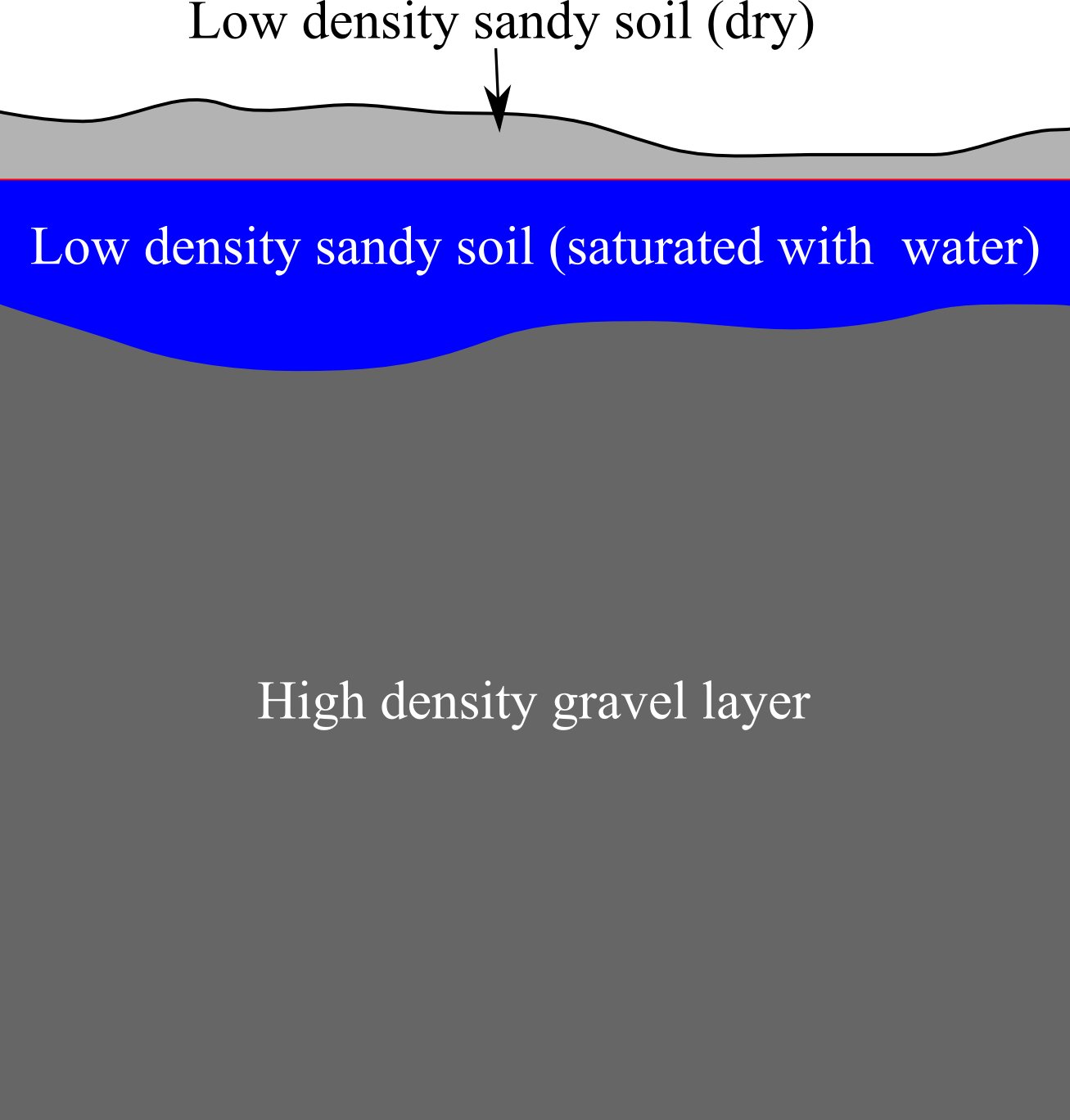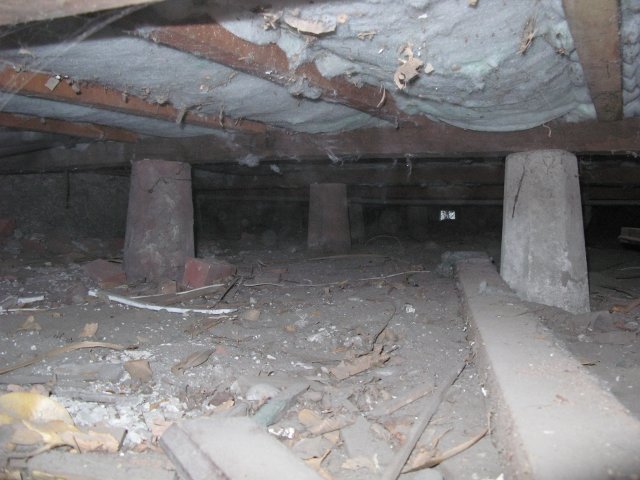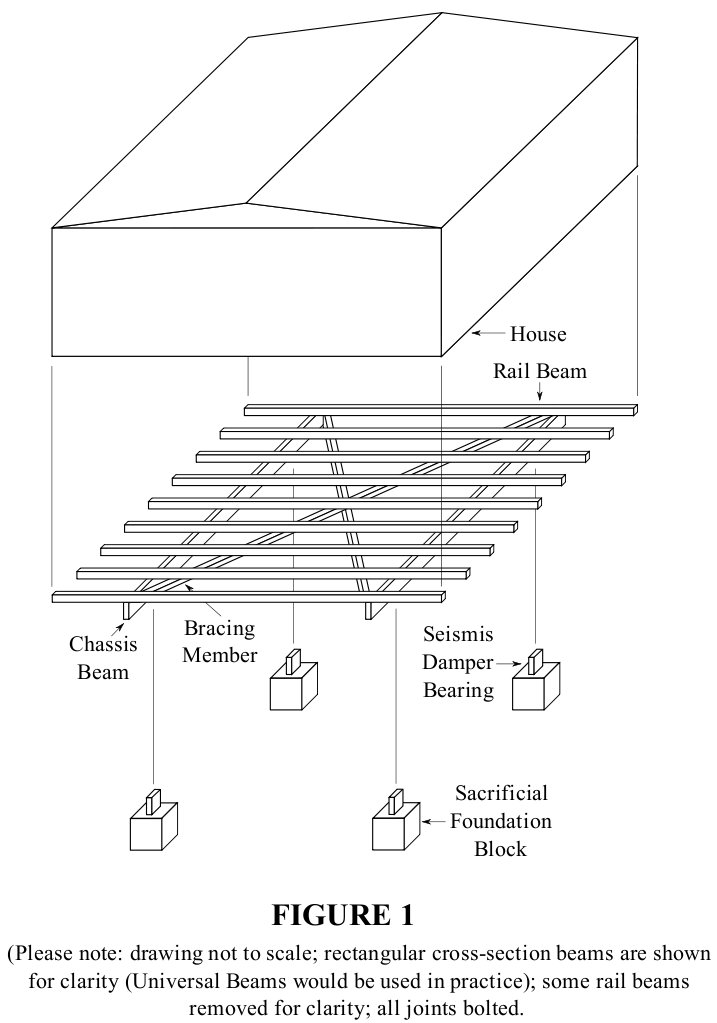So the rumour (which I've now heard from six separate sources) is that CERA is going to demolish all houses within 100 metres of the lower half of the Avon River -- and turn it into a giant park.
By my estimation this would affect some 3,000 households, and given the high proportion of families in this area, would displace perhaps 10,000 people. Naturally enough, it's a pretty upsetting rumour if you're one of these people.
Mind you, that's not even to mention the destruction of heritage housing. There are six 100-year-old residences along the river bank just within the immediate vicinity of my house. Multiply that by the length of the river, and you're looking at an unprecedented loss of heritage domestic architecture. It would be akin to the government ordering the wholesale destruction of Ponsonby or Tinakori Road.
I've already had to console one weeping neighbour, and I wish that the blabbermouths who are circulating this rumour would put a cork in their gobs. I don't believe them for a minute. The mass demolition of riverside housing makes no sense from either an engineering or an economic perspective -- as I shall now explain...
What's the Problem With Houses Next to the River?
The problem is liquefaction-prone soils. If you took a cross-section of the ground in Christchurch's eastern suburbs you would see a very thick (on the scale of hundreds of metres) layer of hard gravel. Above this is a comparatively thin layer of soft sandy soil (up to a dozen or so metres). The sandy soil is saturated with water to within a few metres (or even less in some places) of the surface.
Above: A cross-sectional view of ground layers in Christchurch's eastern suburbs.
Along comes our earthquake. The super-thick gravel layer is just fine and dandy -- but the saturated sandy soil is shaken into a quicksand-like substance. So now we have a thin crust of dry sandy soil sitting on top of a layer of liquefied soil. The weight of the crust pressurizes the liquefied soil beneath, which is then ejected through any weak points in the surface. As the liquefied soil is ejected, the original ground layer (and any buildings on it) subside. Similarly, anything buoyant in the liquefied soil (e.g. sewer pipes, manholes, etc.) will float towards the surface.
It goes without saying that the ground does not subside evenly, and so any houses tend to become rather higgledy-piggledy (to use the technical term) in the process. This sounds fairly bad -- but near the river, of course, you have an added bonus. The thin crust of dry soil can slide (on top of the liquefied soil) downhill towards the riverbed. This is the famous "lateral spreading" that produces such photogenic ground fissures. If these fissures occur underneath your house (called "lateral stretching") then they may well break your house into several pieces. Not good, and awfully expensive to fix.
The Grains of Truth in The Rumour
At this point, you may feel inclined to point out that Christchurch has already had the earthquake -- and what, therefore, is the problem with rebuilding? It's not like we're expecting another earthquake, right?
Well, to be perfectly honest, we haven't yet had the big earthquake that we were expecting. That would the Alpine Fault, which has historically gone off every 160 years or so, but which has been nervous-makingly silent for the last 290 years. It could go off tomorrow; or it could be another whole bunch of decades. What we definitely do know is that strain energy has been building up along the fault line. It's rather like inflating a balloon, and wondering when it will go 'pop' -- but on a much larger scale.
The good news is that, in all probability, the effects of the resulting earthquake in Christchurch will be more like the September 2010 event than February 2011. But, as we know, this can still munt a good few houses.
Generally speaking, in areas away from the river, the soil liquefaction from the September quake tended to damage buildings via fairly modest amounts of subsidence. This can be remedied comparatively easily -- particularly in the case of houses with a suspended timber floor (which most of them are).
Above: Typical 'pile' foundations in a old house with a suspended timber floor. 'Packing' (or replacing) piles can remedy the effects of modest amounts of subsidence.
But in areas close to the river there was much greater subsidence during the September quake -- as well as lateral stretching of the foundations due to ground fissuring. This can be far more complicated and expensive to repair. Indeed, in a few cases it may be cheaper to knock down the house and rebuild.
Add into this the cost of repairing roads, sewerage systems, electricity supply, and water for these riverside houses, and -- according to the rumours -- it is cheaper not to spend money on repairing any of these houses. In other words, the way to save money in the next earthquake is to relocate the inhabitants of these houses somewhere else right now (usually rumoured to be the town of Rolleston).
The Cost of Wholesale Demolition
According to my (rough) analysis using the council's 'Rating' database, it would cost the EQC about $175,000 on average to reimburse each riverside homeowner for their land in the event that they're prohibited from rebuilding. For the estimated 3,000 affected homes this comes to a total of $525,000,000.
In contrast, the total proposed land remediation cost in Christchurch from the September earthquake was $140,000,000. Pretty much all the riverbank would have been remediated under this original scheme, which -- even at first glance -- suggests that the cost of land repair for the riverside would be much less than wholesale abandonment.
Furthermore, many of the houses in this area will actually be repairable. Wholesale abandonment would mean that the EQC would also have to pay out its cap of $100,000 on every single house. Not only that, but insurance companies would have to make up the difference when rebuilding new houses elsewhere -- at a average cost to them of around $150,000 per house. So in the 'worst case' scenario of having to abandon a completely undamaged house, the total cost would be around $425,000 (of which $275,000 would be borne by the EQC, and $150,000 by insurance companies).
And if you start to think about the economic cost of disruption on this scale (not to mention the provision of new sewerage, water, schools, and electricity services in Rolleston) then you're looking at a price tag which completely dwarves the cost of remediating the damaged riverside land.
This is, of course, not to say that all riverside land will be economic to repair. Some of it (perhaps, for example, land which has subsided below river level) may have to be abandoned -- but I think we can rule out wholesale abandonment of the riverside on an economic basis.
But Some People Don't Believe That Land Remediation Will Work
There are various techniques for 'improving' soil structure and making it less prone to liquefaction in future earthquakes. The proposed remediation method for the riverbank is to densify the soil using an industrial-strength vibrocompactor (typically a giant drop-weight lifted by a crane) and simultaneously to introduce gravel into the soil to provide additional strength. This would have the effect of forming an 'earth dam' of high-strength soil beside the river -- thus preventing (or at least greatly reducing) lateral spreading.
But there are those who are sceptical of such an approach. In my hearing, one Christchurch resident has even described land remediation as "politically correct". Yes folks, there is now a new benchmark for moronic usage of this phrase.
Such sceptics maintain that the only way to truly safeguard riverside houses is to employ 'deep' foundations -- piles or columns that pass through the surface layers of sandy soil and penetrate into the hard gravel layer. But this, they argue, would be quite uneconomic for individual houses.
I've looked at this claim, and I'm not so sure about the "uneconomic" bit. My own numbers would suggest (on average) around $120,000 per house for a 7.5 metre foundation depth -- which is still considerably less than the $175,000 cost of abandoning the land.
But putting this argument aside, there are other, much cheaper options for making riverside houses 'liquefaction resistant'. One possible solution is to modify the house foundations so that they operate in the manner of a fuse in an electrical circuit, i.e. offering protection to the superstructure of the house in the event of an earthquake, while (at the same time) being designed for rapid and low-cost repair.
The easiest implementation to explain is a retrofitted 'chassis' approach. As we know, whole houses can be transported on trucks. So it's not much of a conceptual leap to imagine a bolt-together steel chassis being retrofitted underneath the suspended timber floor of a house. The chassis would be supported by four small seismic damper bearings -- which, in turn, would each rest upon a large 'sacrificial' concrete foundation block. In the event of a large earthquake, these foundation points could be inexpensively repaired in an analogous manner to 'changing the wheel' on a truck.
Above: Exploded view showing a simple implementation of a chassis-type 'liquefaction resistant' foundation.
Here's how it would work: during a major earthquake the subsidence and/or fissuring may move the sacrificial foundation blocks to such an extent that the chassis becomes non-level -- even to such a degree that it ends up resting directly upon the ground. Nevertheless, the superstructure of the house has been protected by the chassis, and the house can be easily and cheaply 're-piled' by jacking up the chassis to the correct height, pouring additional concrete on top of (or next to) the existing sacrificial foundation blocks, and reinstalling the seismic damper bearings.
My calculations would suggest that this type of system could be retrofitted on a typical house (with a suspended timber floor) for between $40,000 and $60,000 -- a considerable savings on the deep foundation approach, and much less than the $175,000 cost of abandoning the land.
Conclusions
Don't believe the rumours. In my engineer's opinion, it would be quite uneconomic and unnecessary to engage in wholesale demolition of all houses within 100 metres of the lower Avon River. A more probable approach for (most of) the riverbank would be land remediation, and repair or rebuilding of houses. In the event that land remediation is not possible then there are alternative approaches such as 'deep' foundations or 'chassis'-type systems.
The transmission of these rumours is causing unneeded distress to people living beside the river (who are already having difficulties enough). I think it would be a good idea for everyone to collectively take a deep breath, hold fire on the scaremongering, and wait for the outcome of the CERA report on land remediation at the end of the month.
Listen to a discussion of this post with Kathyrn Ryan on Radio New Zealand.


